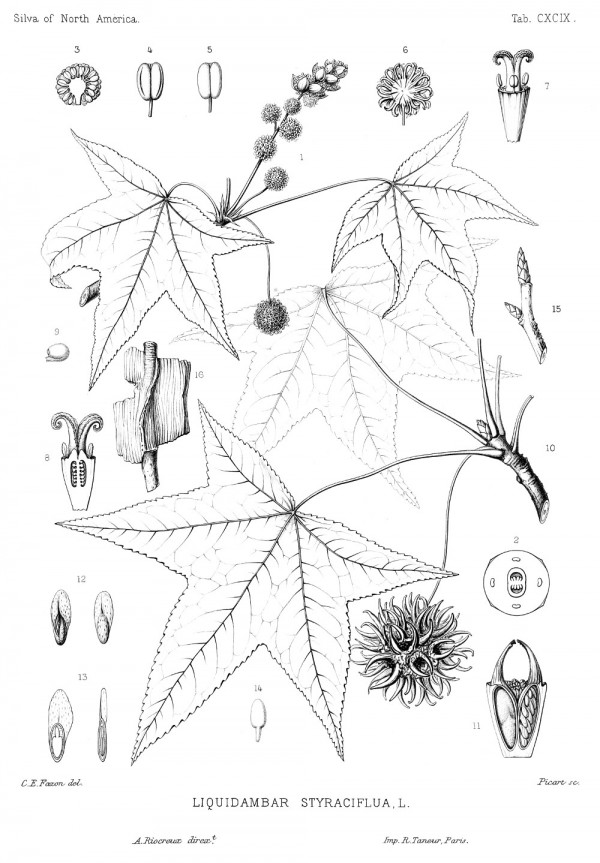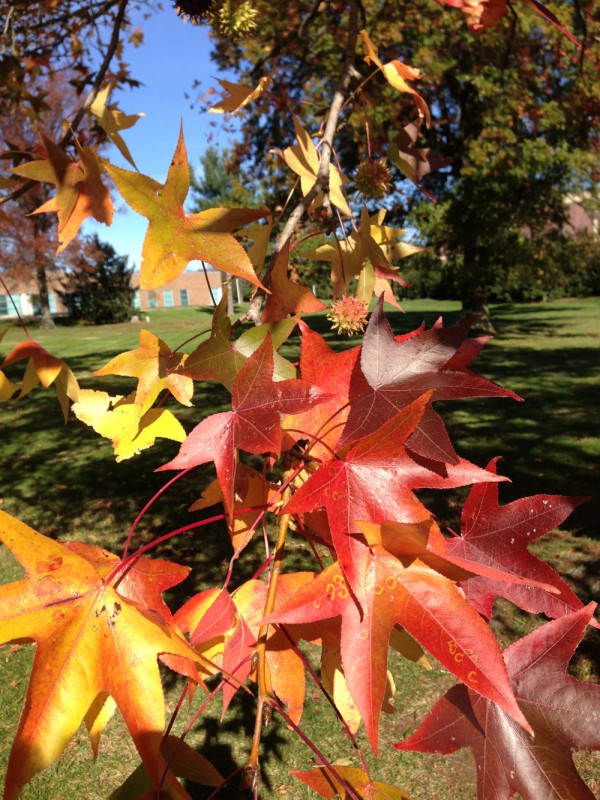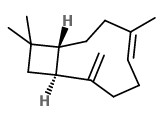Liquidambar styraciflua L. - Altingiaceae - American sweetgum, American storax, Amerikanischer Amberbaum, Amerikanischer Styrax
Deciduous tree, up to 40m high; native to the humid forests of eastern North America, cultivated as ornamental plant in Europe.
„Sweetgum is one of the most common hardwoods in the southeastern United States, where it occurs naturally at low to moderate altitudes from southwestern Connecticut south to central Florida, and west to Illinois, southern Missouri, and eastern Texas, but not colder areas of Appalachia or the Midwestern states… While the starry five-pointed leaves of Liquidambar resemble those of some maples (Acer), Liquidambar is easily distinguished from Acer by its glossy, leathery leaves that are positioned singly (alternate), not in pairs (opposite) on the stems.“ http://en.wikipedia.org/wiki/Liquidambar_styraciflua
„By grinding the leaves, they give off a pleasant sweet fragrance. American sweetgum is known of the for its colorful fall foliage.“ http://de.wikipedia.org/wiki/Amerikanischer_Amberbaum
„The leaves of Liquidambar styraciflua, fragrant when bruised, turn deep red to crimson in autumn. Although leaf variation is common in L.styraciflua , this deviation is randomly distributed and without any definable geographic correlation. Liquidambar styraciflua is often cultivated; a number of cultivars have been introduced in cultivation.
Liquidambar styraciflua was well known as a medicinal plant by Native Americans. Cherokee, Choctaw, Houma, Koasati, and Rappahannock tribes used it in various ways, especially the gum, bark, and root, as an antidiarrheal, dermatological aid, gynecological aid, sedative, febrifuge, and for related uses (D. E. Moerman 1986).
Liquidambar styraciflua produces a balsamic oleo-resin called American styrax or storax, a thick, clear, brownish yellow, semisolid or solid with a pronounced aromatic odor. It is chewed as a sweet, natural gum. The balsam is collected from the inner bark of the tree after wounding or deliberate gashing. It is used in soaps and cosmetics, as a fixative in perfumes, adhesives, lacquers, and incense, and as a flavoring in tobacco. The wood is used for cabinet making, furniture, veneer, interior finish, barrels, and wooden dishes. Medicinally the gum has been used for catarrh, coughs, dysentery, sores, and wounds of both humans and domestic animals.“
http://www.efloras.org/florataxon.aspx?flora_id=1&taxon_id=220007687
„The chemical composition of Honduras styrax, Liquidambar styraciflua L. has not been extensively studied. We report here the composition of the volatile fraction of this styrax. Thirty-six products were detected of which 32 were identified: 3-phenylpropyl and cinnamyl cinnamates predominated.“
[Composition of the Volatile Fraction from Honduras Styrax, Liquidambar styraciflua L. Chalchat, J. C., Garry, R. P., Mathieu, J. P., Journal of Essential Oil Research, Vol.6(1), 1994, 73-75]
The major components of the essential oil from American styrax gum were styrene (30.9%), β-caryophyllene (20.2%), and α-pinene (19.6%).
[Chemical composition of the essential oils from Turkish and Honduras Styrax., Fernandez, X., Lizzani‐Cuvelier, L., Loiseau, A.M., Perichet, C., Delbecque, C., Arnaudo, J.F., Flavour and fragrance journal, 20(1), 2005, 70-73]
Main components of the yellow leaf oil were α-pinene (26.1-27.9%), β-pinene (10.0-11-2%), and limonene (20.7-22.3%), minor components were e.g. fenchol (0.2-0.4%), borneol (0.2-0.6%), and eugenol (tr-0.1%).
[El-Readi, Mahmoud Z., et al. „Variations of the chemical composition and bioactivity of essential oils from leaves and stems of Liquidambar styraciflua (Altingiaceae).“ Journal of Pharmacy and Pharmacology 65.11 (2013): 1653-1663]
Main constituents of the essential oil from resin of Mexican origin obtained by hydro-distillation were styrene (0-30%), hydrocinnamyl alcohol (0-43%), cinnamic alcohol (0-22%), and cinnamyl cinnamate (0-9%). There are great differences in composition, depending on geographic origin and season. „Resin samples from Xalapa during the dry season produced the highest amount of essential oil (9.3%).“
[Variación estacional en la composición química de resinas y aceites esenciales de Liquidambar styraciflua de Hidalgo, México., Rasgado-Bonilla, F.A., Soto-Hernández, R.M., Conde-Martínez, V., Vibrans, H., Cibrián-Tovar, D., Botanical Sciences, 94(2), 331-344, 2017] http://botanicalsciences.com.mx/index.php/botanicalSciences/article/viewFile/286/pdf_3

Sargent,C.S., The Silva of North America, vol.5 t.199 (1892) [C.E.Faxon]
http://plantgenera.org/species.php?id_species=611247

Sweet Gum foliage during autumn
Wikimedia Commons, Author: Famartin CC BY-SA 3.0





